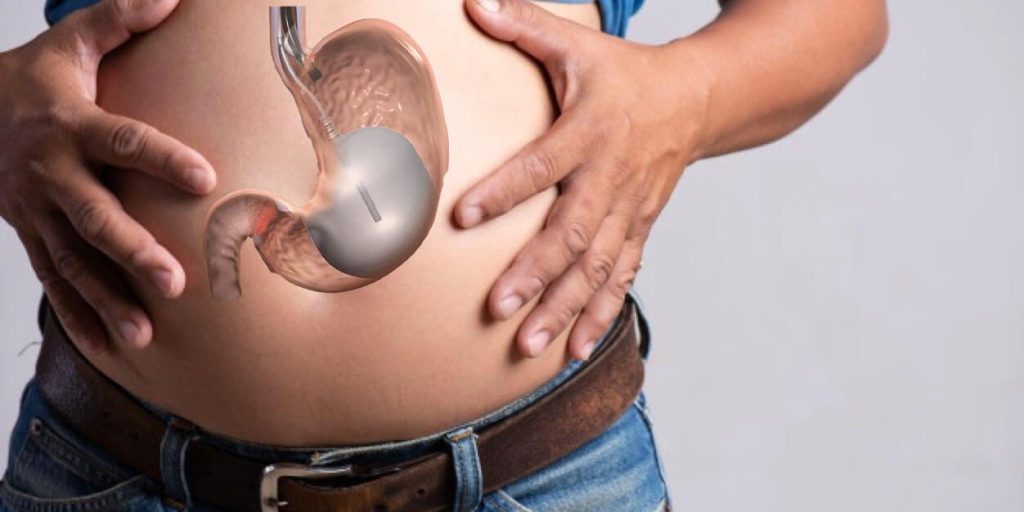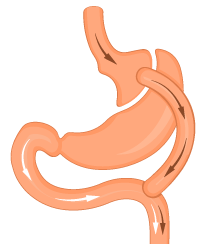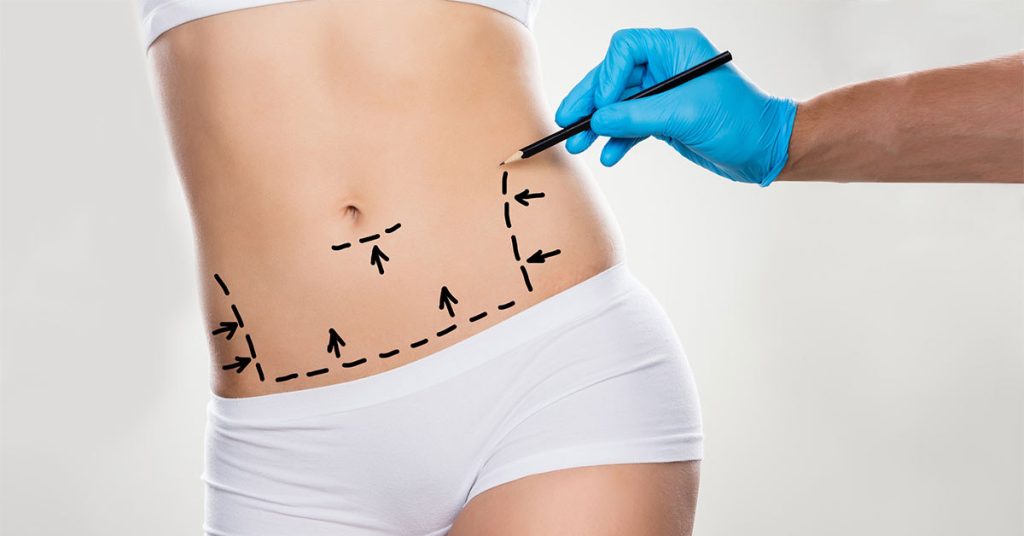The obesity surgery method is suitable for people who have applied all other treatment methods before the surgery but have not been successful. Before the patient undergoes a surgical procedure, detailed analyzes should be performed and the patient should be suitable for surgery in terms of anesthesia.
Obesity surgery is performed according to the patient’s body mass index. If the body mass index is over 40, the patient can have obesity surgery. However, in patients with a body mass index between 35 and 40, obesity surgery can be decided if there are follow-up disorders such as hypertension, Type 2 diabetes, sleep apnea syndrome, high triglyceride levels, heart disease, hypoventilation syndrome, fatty liver.













